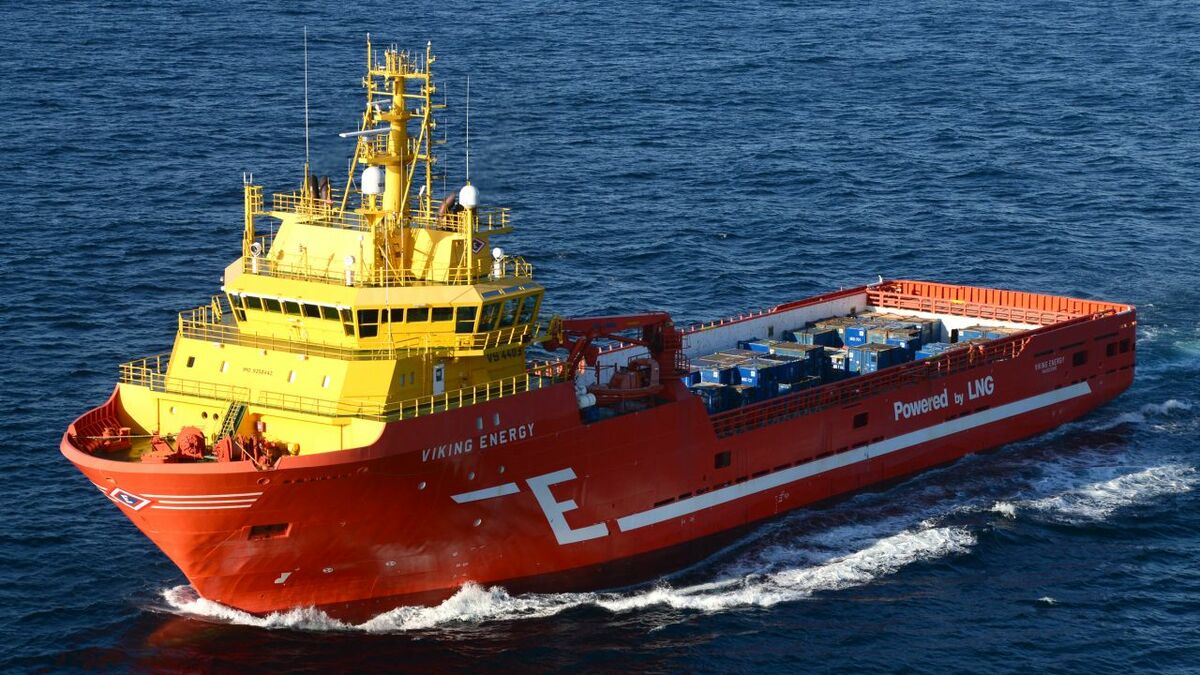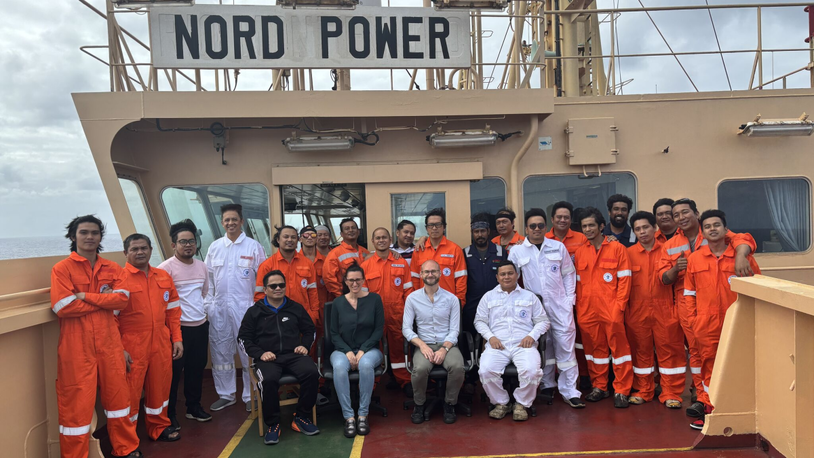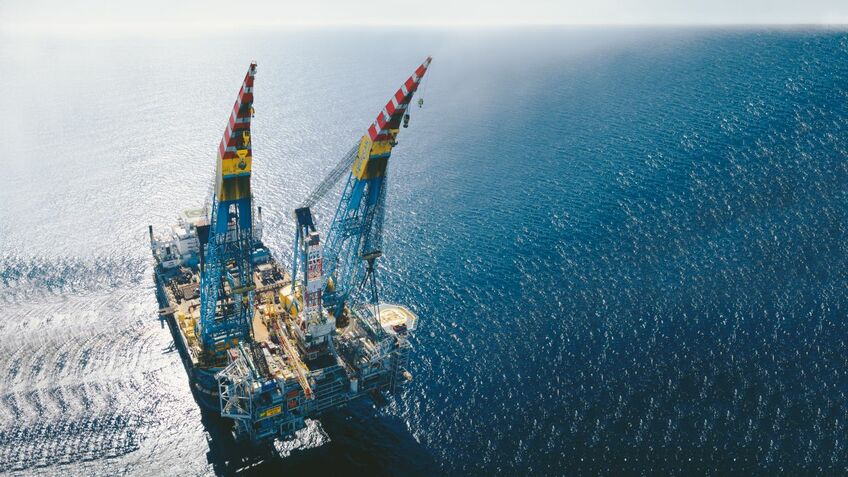Business Sectors
Events
Contents
ShipFC aims to bring ammonia fuel cells to deepsea shipping
The ShipFC project – funded by the EU’s Research and Innovation program Horizon 2020 under its Fuel Cells and Hydrogen Joint Undertaking – aims to demonstrate the viability of ammonia fuel in the future of deepsea shipping
As part of the project, platform supply vessel Viking Energy, owned and operated by Eidesvik and on contract to energy major Equinor, will be equipped with a 2-MW ammonia fuel cell, allowing it to operate for at least 3,000 hours annually on clean fuel. Following the completion of that phase, the project will ramp up to qualifying 20-MW fuel cells for oceangoing vessels.
Project partner University of Strathclyde’s research associate Dr Michail Cheliotis said, “The ultimate goal of the project is to demonstrate the feasibility of ammonia fuel cells for oceangoing vessels and long sea voyages.” He added “Once the first phase of the project is completed, that’s when the fun starts.”
According to Dr Cheliotis the increased scale required for oceangoing fuel cells makes ShipFC much more interesting than just a replication of Viking Energy.
“The similarities basically end with ammonia, because a 20-MW power plant requires significantly different treatment.” That said, he assures that scaling up the project is seen to be well within reach, given the prior knowledge of both fuel cells and ammonia as an energy carrier.
The project will consider three replicator vessel types: a bulk vessel, an offshore construction vessel, and a container ship. The technical and economic knowledge obtained in the Viking Energy pilot will be incorporated in a broader analysis of ammonia in the maritime sector and comparison with other alternative fuels. Work will involve close co-operation with replicator vessel owners and a thorough examination of vessel requirements.
A partner on the project is a major supplier of ammonia, and the ShipFC project will examine the supply chain from production to transport and bunkering with an eye on improving production from renewable sources.
Ammonia fuel cells have favourable characteristics in the configuration of vessels as they do not require the same dedicated space as large two or four-stroke engines. Fuel cells can be distributed in modules, saving space and exploiting otherwise unavailable options.
Despite some technical challenges posed by ammonia, Dr Cheliotis echoed the opinion of experts at Riviera’s recent panel on future fuels and said it represented a better option than hydrogen and the industry can leverage its experience with liquefied gases. “It (ammonia) is less explosive, requires less complex storage and transport solutions, and it is a well-known commodity from industry. Based on this experience, the necessary safeguards can be built in.”
Dr Cheliotis stressed the relationship between hydrogen and ammonia in fuel cells is more complimentary than competitive. “This is simply because different solutions will be required to meet different challenges. The choice of solution will depend on a case-by-case evaluation,” he said.
In addition to the University of Strathclyde, ShipFC’s project partners include the Greece-based National Centre for Scientific Research Demokritis which will assess safety criteria.
Norwegian members of the European consortium include NCE Maritime Cleantech, Eidesvik Shipping, Equinor, Prototech, Yara Marine, and Wärtsilä Norway, responsible for fuel systems, ship’s design and stability and vessel energy management. German firm Fraunhofer IMM will assist Prototech in the development and construction of the ammonia fuel cell system. French company Persee will provide expertise on energy management controls and data. The replicator vessel owners are StarBulk Management (bulk vessel), North Sea Shipping (offshore construction vessel) and Capital Ship Management Corp (container vessel).
Riviera will provide free technical and operational webinars in 2021. Sign up to attend on our events page
Related to this Story
Women in Maritime Today: Elin Saltkjel says no day working in maritime is dull
Events
Maritime Environmental Protection Webinar Week
Cyber & Vessel Security Webinar Week
The illusion of safety: what we're getting wrong about crews, tech, and fatigue
Responsible Ship Recycling Forum 2025
© 2024 Riviera Maritime Media Ltd.














